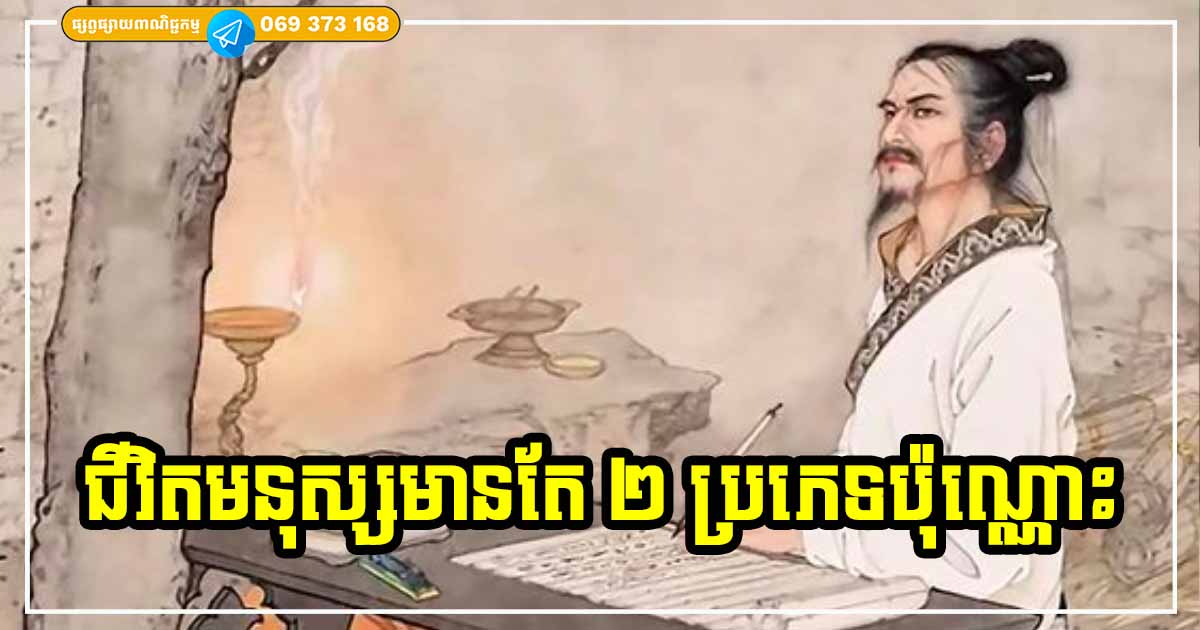13 Things About Notre Dame Cathedral That Would Surprise Even Quasimodo
The Notre Dame Cathedral in Paris is a masterpiece of Gothic architecture and one of the most emblematic places in all of France. This majestic building is home to many stories, including Victor Hugo’s Our Lady of Paris. If you’ve read the novel, visited Paris, or even followed a tourist guide, you could say you know plenty about Notre Dame. However, have you ever heard about the secret details that made the cathedral such an important historic site?
Bright Side was sad to learn about the fire that damaged Notre Dame and wants to share with you the most profound secrets about the cathedral, from the beginning of its construction in 1163 to the stories of the characters we once thought were just a product of Victor Hugo’s imagination.

© karkozphoto / depositphotos © PATRICK ANIDJAR/AFP/East News
1. Quasimodo, the sculptor


© MGM studio/ Wikimedia Commons
A document that belongs to the Tate Modern Museum revealed an impressive fact for Victor Hugo’s fans. We’re talking about the autobiography of Henry Sibson, a sculptor hired by the French government to work on the reparation of the cathedral. In the text, Sibson shares that working along with him was another sculptor that was hired by government authorities. He described him as a solitary hunchback. Victor Hugo wrote the piece at the same time that Sibson and the hunchback were working in the cathedral. Was it the real Quasimodo or just a coincidence?
2. Eugène Viollet-le-Duc, the apostle


© Harmonia Amanda / Wikimedia Commons
It took almost 2 centuries to build Notre Dame from start to finish and required the intervention of several architects. Unfortunately, after the French Revolution, the cathedral was damaged and forgotten. That’s when an architect named Eugène Viollet-le-Duc began to restore it.
But Viollet-le-Duc’s efforts were criticized because a significant amount of his work answered to his romantic idea of the Middle Ages. However, from that moment on, the building regained its splendor and prestige. Many peculiar elements of the cathedral reveal the architect’s style. One of the coolest parts is the decoration of the apostles that he added. If you look closely, you’ll be able to see that one of them is the architect himself contemplating his creation.
3. Rosettes

Another tourist attraction not to be missed is the magnificent rosette located at the north facade of Notre Dame. This splendid stained glass window is 13 meters in diameter. It contains 80 figures and stories that belong to the Old Testament, all surrounding the central image of the Virgin Mary.
At the opposite facade, you’ll find a second rosette that portrays the image of Christ of the Apocalypse, an addition made by Viollet-le-Duc during the restoration.

4. A rooster that contained relics

The middle of the arched ceiling used to hold a spire known as La Flèche. It was decorated by a metal rooster, the symbol of France. But the rooster is not only a curious detail — it’s also the keeper of 3 relics: one belongs to St. Denis, the second to St. Genevieve, and the third is said to be a part of Christ’s crown of thorns.

5. Gothic height

Gothic architecture is known for its long and pointy structures. Christians believed that the closer they got to the sky, the closer they were to heaven and God. This is the reason why a bishop named Maurice de Sully set out to build the tallest church of his time. As a result, the central nave of Notre Dame was 33 meters high and could hold 9,000 people.

© Miguel Mendez / Wikimedia Commons
6. A chestnut ceiling

The massive arches that support the main building are all under an impressive wooden roof. Builders used around 1,300 chestnut trees, or 24 hectares of forest, to create this peculiar cover.

7. Emmanuel

Notre Dame’s bell has a name, Emmanuel. It weighs 13 tons and was recast in the 17th century. The bell is located at highest level of the right tower.

© Thesupermat / Wikimedia Commons
8. A vampire on the tower

Other elements added by architect Viollet-le-Duc were the chimeras and gargoyles. The most famous one is a strix, a creature similar to a vampire in Roman mythology.

© Julian Fong / Wikimedia Commons
9. The Feast of the Ass

© Prints and Photographs division / Wikipedia
Nowadays it’s hard to imagine a festivity like this one. However, in the Middle Ages, between the walls of the cathedral, people celebrated a ritual that involved asses, or donkeys, in The Feast of the Ass. Every December 26th, a boy dressed up as a bishop would pass through the building’s door riding a donkey. Near him, hundreds of people in costumes jumped, sang, and danced. Can you imagine a thing like this? Today we only see lines of tourists here taking pictures.
10. It’s the third biggest cathedral.

Although researchers believe the church to be the most important representation of the Gothic era, Notre Dame is not the largest cathedral. It takes third place after the ones of Amiens and Beauvais.

© Pepijntje / Wikimedia Commons © Thierry80 / Wikimedia Commons
11. The Île de la Cité

Following the renovations led by Viollet-le-Duc, the magnificent Paris cathedral became more important. So when Baron Haussmann made an urban plan to modernize Paris, he had to consider the reparations. Under the authority of Napoleon III, he knocked down numerous houses and buildings that obstructed the view of the cathedral. That’s how a new plaza appeared in front of the main facade.

© Benh LIEU SONG / Wikimedia Commons
12. The bees in the sacristy

In 2013, a beekeeper donated a beehive to the cathedral. The administrators were very grateful for the gift and decided to give it its own space in the sacristy’s ceiling. It’s located in the south end of the building. Don’t forget to take a look at it on your next visit.
13. Point zero

In the middle of the central plaza of Notre Dame, you’ll find a circle engraved in the pavement. It’s divided into 4 parts and resembles a compass. It reads, “Point zero of the routes of France” because it was from this point that all distances in the country were counted. If you stand on the circle, you can be sure that you’ll be standing on the exact middle of the city of Paris and on “point zero” of all of France.
View this post on Instagram
There you go, now you’re a specialist on the majestic Paris cathedral! But tell us, have you ever noticed any of these secret details on your own?
Preview photo credit karkozphoto / depositphotos, PATRICK ANIDJAR/AFP/East News










